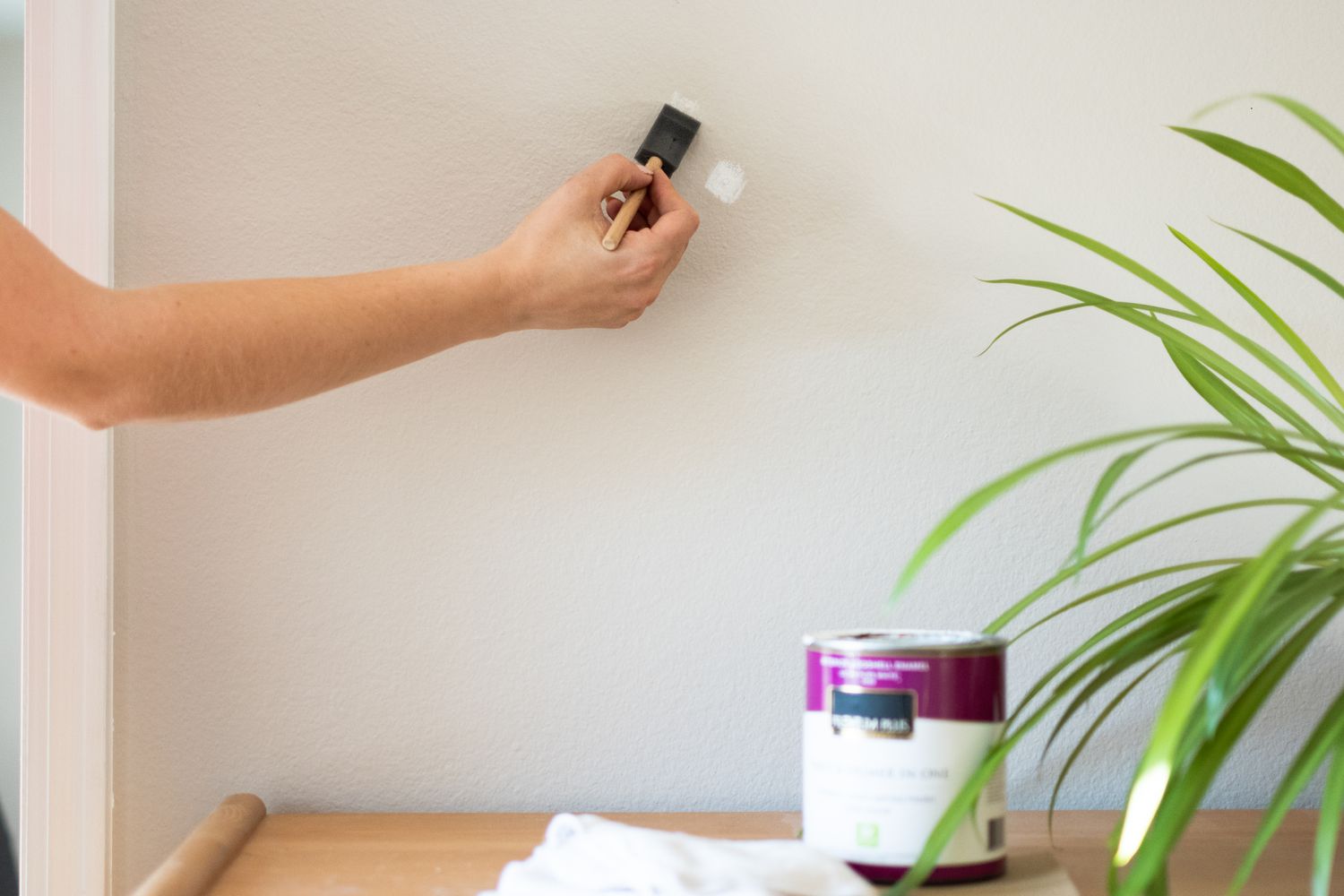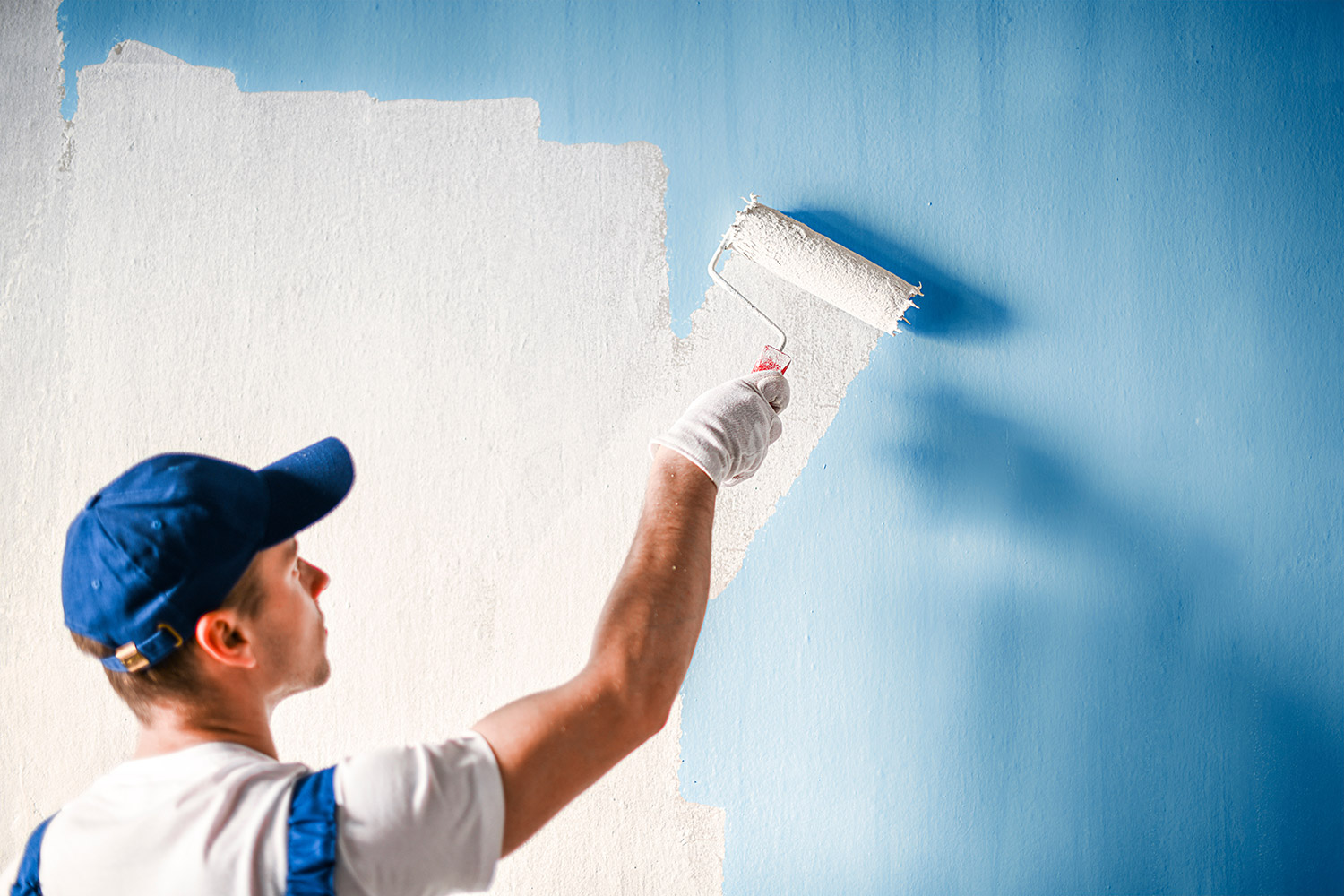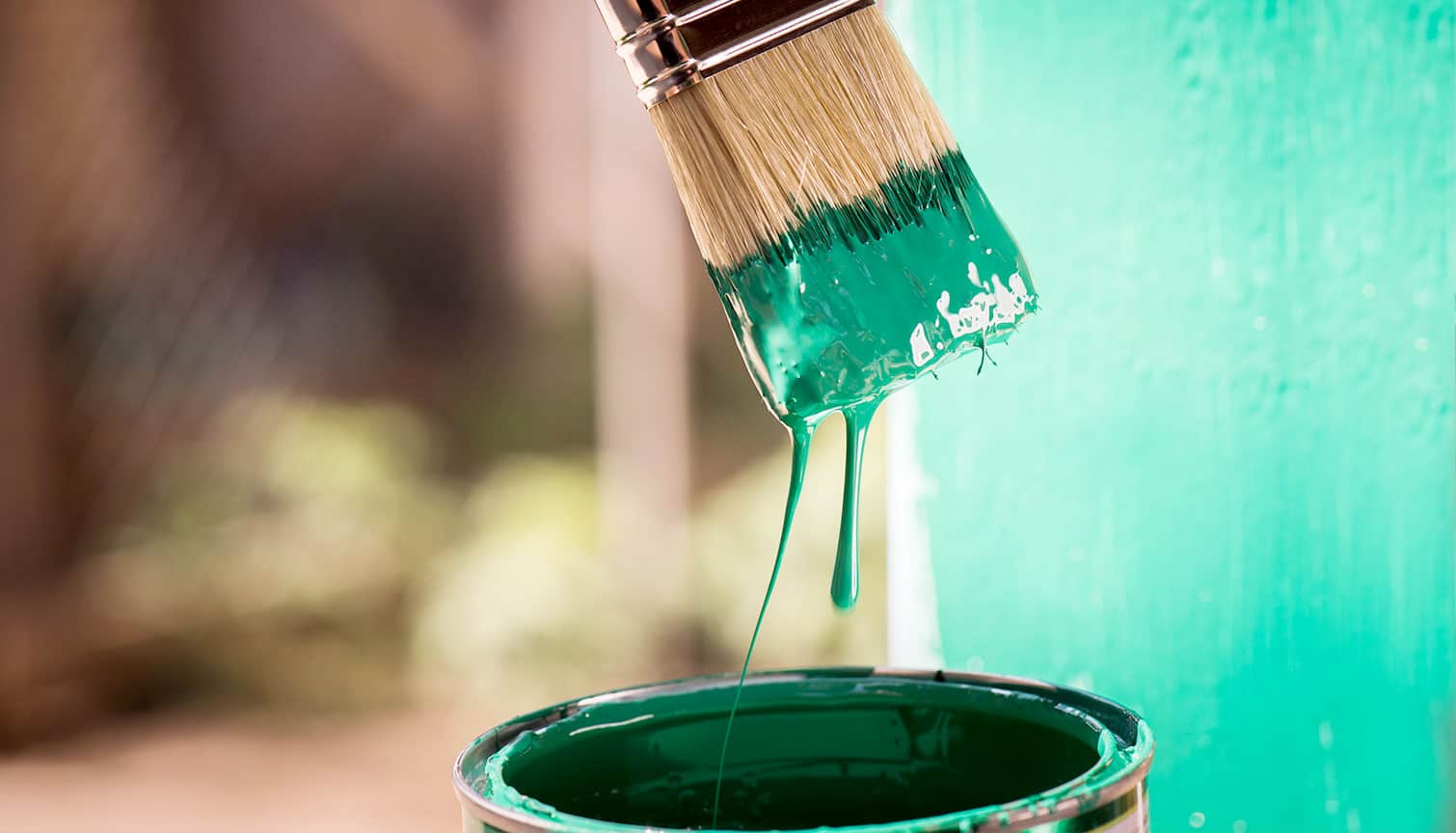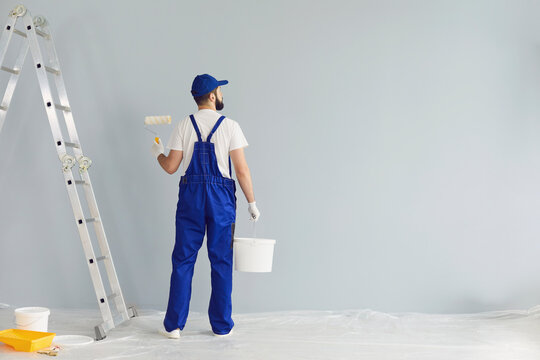Testimonials

Testimonials


Testimonials
How to Maintain Your Interior Paint
Paint can do wonders for your home, but once it’s applied, there are a few simple steps you can take to keep it looking fresh. Here are some tips for maintaining your interior walls:

Moisture Control
Excess moisture can damage paint and drywall. Make sure to ventilate well and avoid getting your walls too wet when cleaning. A quick wipe with a damp rag is usually enough.

Touch-Ups
Keep an eye out for cracks and peeling paint. If you notice cracks around door and window frames, it’s a common sign of settling in a newly built home. These should be addressed before repainting. If you spot peeling or cracks in other areas, it may be due to a poor initial paint job, and a more thorough repair might be needed.

Paint Storage
To make touch-ups easier, keep any leftover paint in a safe place. Latex paint typically lasts 2 to 5 years, and storing it properly can help ensure that it’s ready if you need to do touch-ups down the road.
Prevent Future Maintenance
A little preparation goes a long way. Here’s how to make sure your paint job stays in great shape:
Primer
Even when using darker latex paint over light colors, primer can help the paint adhere better and last longer.

Use Glossy Paint
In high-moisture areas like kitchens and bathrooms, or for high-traffic areas like trim, glossy paint is a great choice. It’s more resistant to dirt, grease, and moisture, making it easier to clean.

Professional Results
While hiring a professional may cost a bit more upfront, the long-lasting, quality results are worth it. A well-applied paint job requires less maintenance and will stand the test of time.

Important Tip for Homes Built Before 1978: Lead Paint Warning
If your home was built before 1978, be cautious around any peeling or cracking paint. Homes built before this time may contain lead-based paint, which can be dangerous, especially to young children. Lead exposure can cause significant health problems, including damage to the brain and nervous system.
If you suspect you have lead paint, do not attempt to remove it yourself. Contact a certified lead abatement specialist to handle the job safely. For more information, or to find a certified professional, visit the National Lead Information Center.
In most cases, undisturbed lead paint in good condition can be safely covered with a new coat of paint. We always recommend working with a professional to ensure the proper steps are taken.